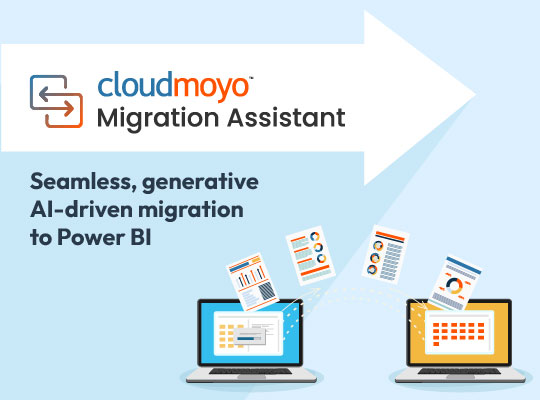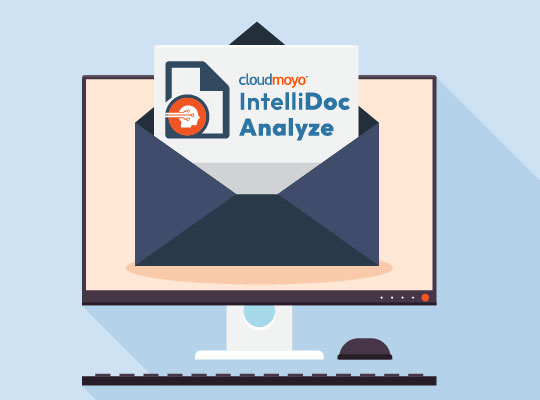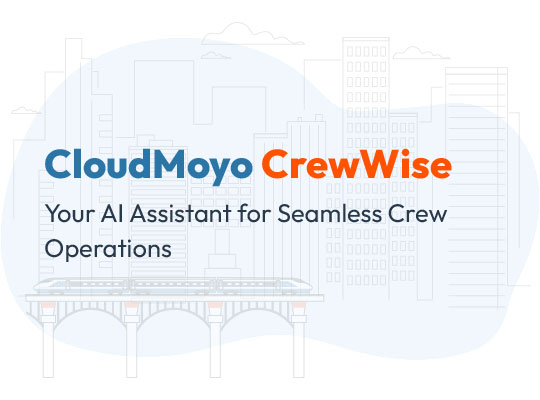Today, multiple sources are generating loads of data than before, but many still struggle with how to turn this data into actionable business insights. In fact, business leaders report they only use 30 percent of the data that exists within their companies. Historically, users were able to analyse their data using tools such as Microsoft Excel, but with this ever-increasing stacks of data, they often have to resort to support from their company IT department to generate reports. However, with overloaded IT departments and other obstacles like budgets and security, companies are not always able to squeeze the most analytical value out of their data. Also, IT is unable to turnaround this at the desired time and with the desired efficiency. With lot of data being real-time and the need to generate complex reports on demand, IT teams are unable to meet the needs of business users who want fast access to BI. This renders an essential business process into a bottleneck.
What is Self-Service BI
In today’s world with a multitude of BI tools, executives can now create customised reports in no time with little involvement of IT once the entire solution is implemented. For many organizations, the promise of self-service BI is one of freedom: Users are able to satisfy their analytical requests with less reliance on IT, allowing the business to make decisions at a much faster pace. And IT is freed up to focus on more complicated requests. These benefits make self-service BI appear like a win-win for business users and IT departments. Still, many businesses struggle with implementing it, and some even fail.
Common pitfalls of Self-Service BI
- Often organizations start a self-service BI project without developing a proper business case or a Proof of Concept (PoC). This can help organizations to answer questions like where to start, departments to be involved, functional areas to be addressed, and what will be the return on the required investment. All of these aspects should be involved in your big data business case
- Failing to build a team comprised of business users, BI experts and IT is a common fallacy in self-service BI projects
- Strong master data management and governance is often lacking which leads to IT anxieties. Lack of proper authorizations leads to people having access to much more data than necessary causing frequent failures & issues
- Many companies assume the skills needed to use self-service BI tools can be picked up on the job without any formal training, and this is a mistake
- Failing to recognize users as either casual or power users and lumping them into one bucket can often lead to problems with implementation
- Even if IT formally introduces a self-service BI initiative, it’s highly likely business users are creating solutions the IT department isn’t aware of.
Ensure a Successful Self-Service BI Implementation
In addition to making better use of data, a common goal with a self-service BI implementation is to create reusable data repositories business teams can pull information from, but that’s easier said than done. Let’s take a look at how you can help ensure the success of your self-service BI initiative.
Here are three ways how self-service BI can benefit your organization
- Tailor-made for your business – Biggest challenge of most BI tools are that they are designed for the technical audience with complex interface and over-designed functionality. It is paramount that self-serve BI solution is designed with a non-technical audience in mind to help even a novice create and analyze their reports with ease and accuracy. Creating a self-service BI culture that’s customized to your organization can help you use data as a competitive advantage.
- Beautiful Dashboards with a brain – The purpose of BI is to reach actionable conclusions and present responsive dashboards to decision makers–and a lot of this depends on smart and beautiful dashboards. A lot of tools provide great charts, colors and graphics but lack a basic business intelligence technology at the backend to handle multiple data sources and heavy volumes. With data coming in at ad-hoc intervals as well as real-time streaming, it is imperative that users can create their own visualizations with a few clicks and without IT having to intervene. What’s more is that it should be easy to configure, manipulate as required.
- Agile & reliable– Once implemented, self-service BI systems should allow quick and easy maneuvering without dependency on the IT department. These services, often provided by a third party partner like CloudMoyo with expertise in the self-service BI space, can provide assistance when you need it, and deliver reports and analyses in a timely fashion — freeing up your power users and IT team.
CloudMoyo has delivered successful Business Intelligence & Analytics projects for its clients across multiple industries such as healthcare, transportation, pharma, retail.
A lot of this success can be attributed to a thorough assessment of client landscape followed by a proof of concept on real live client data. Most of these clients were able to pursue their self-service BI projects after a successful PoC. With its expertise in deploying business intelligence solutions using Power BI, CloudMoyo is the right partner for you to engage for your Power BI proof of concept. For qualified customers, we offer a comprehensive 10 day pilot using your own data and real business scenarios. Get started with your Power BI proof of concept now!!



















